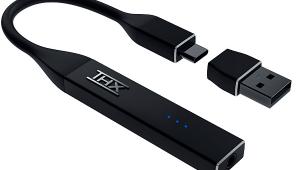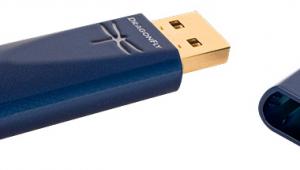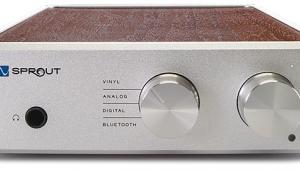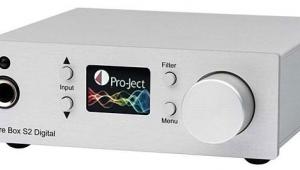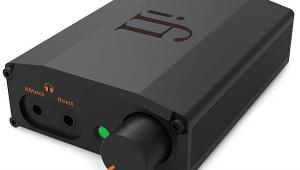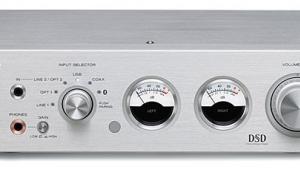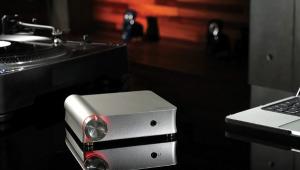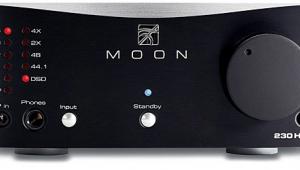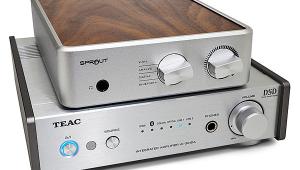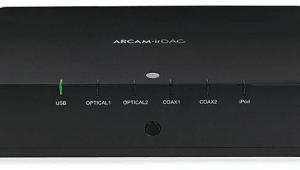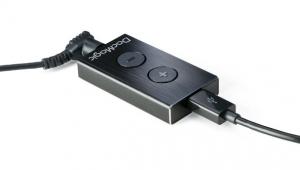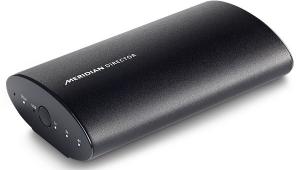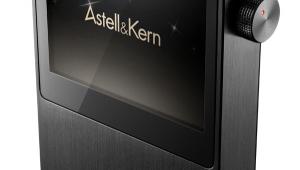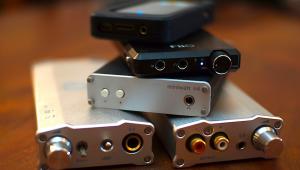AudioQuest DragonFly Red and DragonFly Black Amp/DACs Review
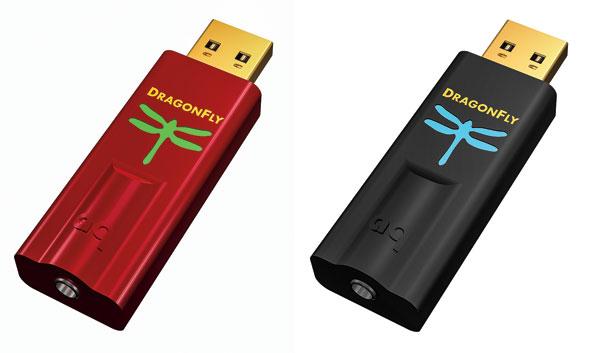
AT A GLANCE (RED)
Plus
Step-up USB amp/DAC
For computers and
smartphones
Digital volume control on chip
Minus
No bit rates above 96 kHz
No DSD
AT A GLANCE (BLACK)
Plus
Affordable USB amp/DAC
For computers and
smartphones
Analog volume control
Minus
No bit rates above 96 kHz
No DSD
THE VERDICT
Among AudioQuest’s latest round of compact USB amplifier/DACs for headphones, the Red has more fine-grained premium sound, while the Black is a superb under-$100 hi-res entry point.
Having made tons of money as one of the pioneers of the premium cable industry, AudioQuest has little left to prove. So it came as a surprise four years ago when the company turned its attention to signal sources and developed the compact DragonFly USB headphone amplifier/DAC with respected audio designer Gordon Rankin. But the move made sense for AudioQuest, whose very existence rides on the proposition that sweating the details can make an audible difference. The DragonFly took aim at the digital chaos of USB-delivered audio, found a way to straighten it out for a reasonable price, and in doing so made life better for penny-pinching music lovers. The original DragonFly gave birth to a dynasty of products that continued with the DragonFly v1.2. Now come the DragonFly Black v1.5, the third generation of a noble line, and the DragonFly Red, a step-up model.
Not Just Another Stick
If you’re a new reader who has no idea what I’m talking about, you’re probably thinking that the DragonFlys look like USB flash drives. But whereas each DragonFly does indeed plug into the USB jack of a computer, it is an audio device, not a storage device. The purpose of an outboard DAC, or digital-to-analog converter, is to provide a superior alternative to your computer’s headphone jack. Why bother? Because your computer’s constant multitasking—which makes it such a useful beast of burden—also makes it a lousy audio source. It tends to provide digital audio in a chaotic state, marred by jitter, or rampant timing errors that smear sound. A DragonFly’s asynchronous DAC grabs onto that crude signal, imposes its own clock, and delivers cleaned-up sound to your headphones or audio system. Compare the analog output of a computer’s fidelity-as-an-afterthought soundcard with that of a DragonFly, and the improvement is unlikely to escape you.
DragonFlys of all generations have a USB Type A plug at one end and an 1/8-inch analog phone jack at the other, with a slight bulge in the housing to accommodate the jack. With showmanship both flamboyant and practical, the DragonFly logo lights up green for signals with a 44.1-kilohertz CD-quality bit rate, blue for 48 kHz, amber for 88.2 kHz, and magenta for 96 kHz. If the DAC receives a signal with a higher bit rate, your computer will have to decimate and convert it. An advantage of the 96-kHz limit is that the necessary computer audio driver installs automatically. You may need to manually designate the DragonFly as the playback device in your operating system’s settings, though.

The new DragonFly Black and step-up DragonFly Red are different from previous models—and from each other. They are the first DragonFlys to work with smartphones and tablets, thanks to the lower USB power draw of their Microchip PIC32MX microcontroller. You’ll need the Android OTG or Apple Camera Adapter to accommodate the portable device’s smaller MicroUSB or Lightning jack. Android users, be warned: AudioQuest has found that some devices using Android OS 4.1 and up lack native support for asynchronous USB audio. Check your device at tauruslabs.usbhostcheck.
Both DragonFlys use new Sabre DACs—ESS 9010 for the Black and ESS 9016 for the Red. Like the two previous DragonFlys, Black has an analog volume control that replaces the one in your music software. Red’s digital volume control lives on the 9016 chip. Red also has higher maximum output than Black. While Black is almost on a par with previous generations, Red’s greater output allows it to feed more demanding headphones. In another twist, the two new models are the first DragonFlys to be software upgradable through a dedicated Windows or Mac app. This will allow for future development, though no specific updates are planned right now.
Fifth Times Thirteen
Tackling my comparison of the Red and the Black head on, and bringing along last year’s now discontinued v1.2, I tried each with a pair of HiFiMan Edition X headphones and my Lenovo Windows 10 desktop PC (which I use for music) and played Beethoven’s Fifth Symphony all the way through. (I can never thank HDtracks enough for the FLAC 88.2/24 files of that recording, with Carlos Kleiber conducting the Vienna Philharmonic—the greatest Fifth of all time.) The Red’s refinement and musicality made themselves known within seconds. But they became even more apparent when I switched to the Black. It still sounded excellent, but it wasn’t as fine-grained, and it added a hardening at peaks, which required more care and revisionism in volume setting. The older v1.2 sounded similar if not identical to the Black, despite the v1.2’s somewhat higher output—but the Black costs 50 bucks less, and you can use it with a phone.
- Log in or register to post comments

